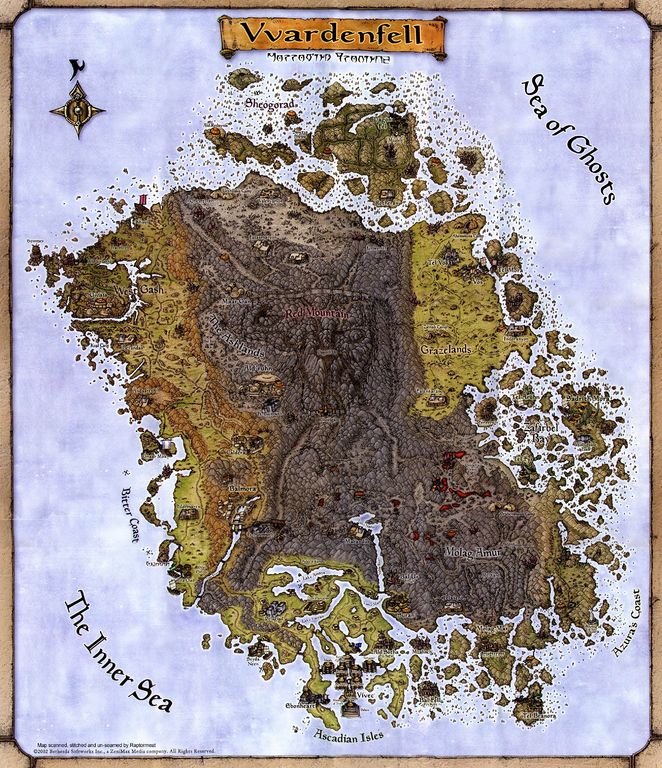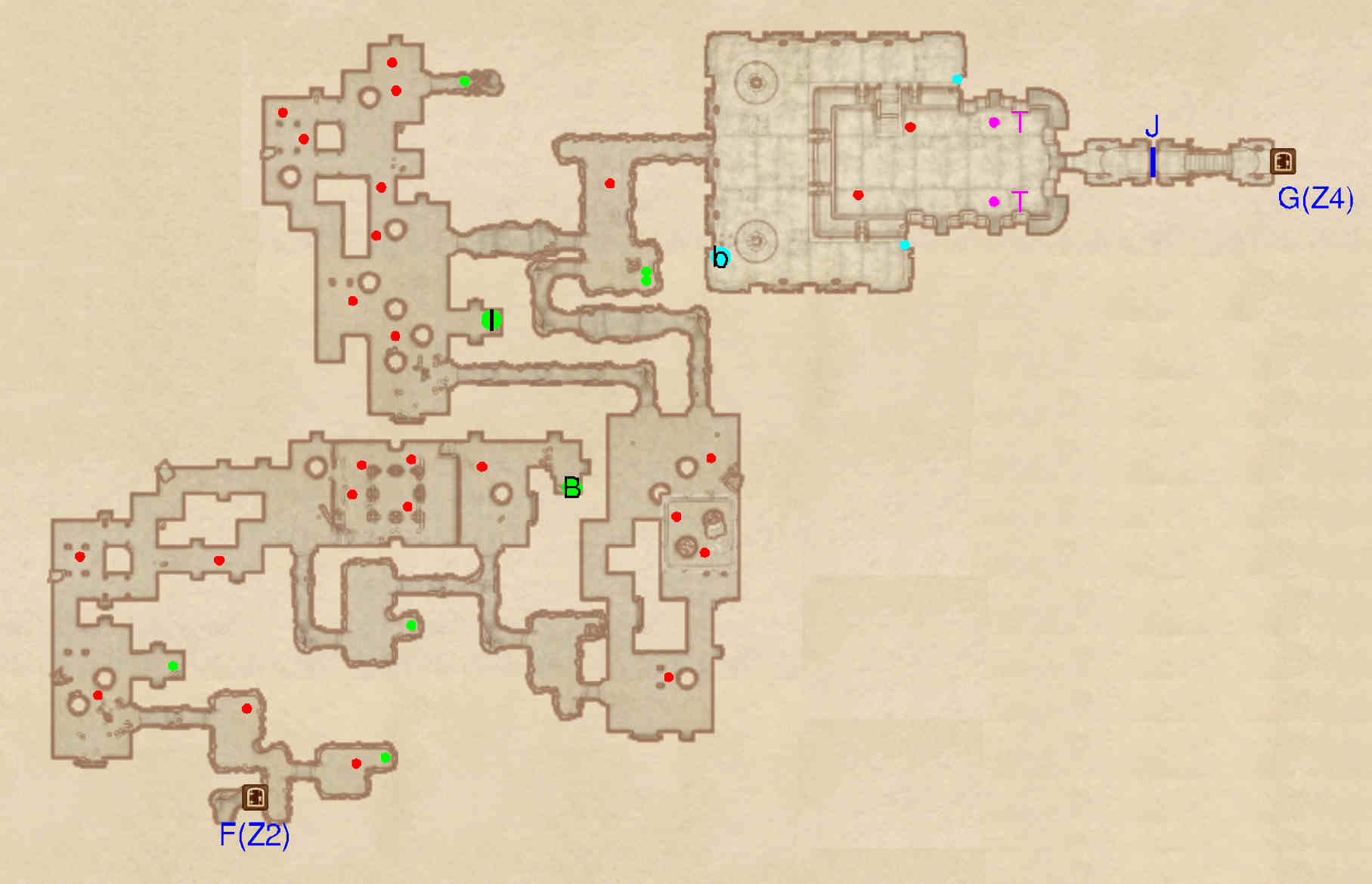I never understood the hate about Oblivion's setting, calling it generic or not unique or whatever. Sometimes i want a nice comfy traditional fantasy setting and Oblivion pulled that off beautifully.
The disdain for Oblivion's setting should be viewed in the context of Morrowind having a truly excellent sui generis setting, and both Daggerfall and Skyrim having competent pulp fantasy settings. Oblivion manages the neat feat of establishing a setting that is both blandly generic while also architecturally incoherent. The game covers the entire province of Cyrodiil (an area far larger than Morrowind's Vvardenfell) in which you can traverse two-thirds of a continent both north to south and east to west, and yet the environments vary only between meadows, forests, and mountains. It was an amazing disappointment after Morrowind, which outside the Ashlands, Molag Amur, and Red Mountain has a number of regional environments --- the Bitter Coast, Ascadian Isles, Azura's Coast, Grazelands, Sheogorad, and West Gash --- each with a visually distinctive ecology. Oblivion's architecture, meanwhile, has the exact opposite problem, in that each city has a completely different type --- even the Imperial City's Roman architecture was apparently never copied by any of the denizens of the entire Imperial Province. Morrowind, by contrast, boasts a distinctive, original type of architecture for each of the three Great Houses and for the Tribunal Temple, plus an Imperial architecture similar to that found in Daggerfall (also yet another type of architecture for a few, poorer locations, and Mongolian yurts for the Ashlanders). Moreover, Oblivion's cities are interchangeable aside from the architecture, with seven cities each containing one general goods store, one weapons/armor store, one branch of the mages guild, one branch of the fighters guild, one castle where the count/countess lives, and one chapel; only the Imperial City is different. Morrowind again is far superior in having a great range of settlements from Vivec the home of a living god, to the three capital cities of the Great Houses, to towns such as Suran, to villages such as Dagon Fel, to farms and mines, plus Imperial Legion forts, Ashlander settlements, and occupied Dunmer strongholds.





















